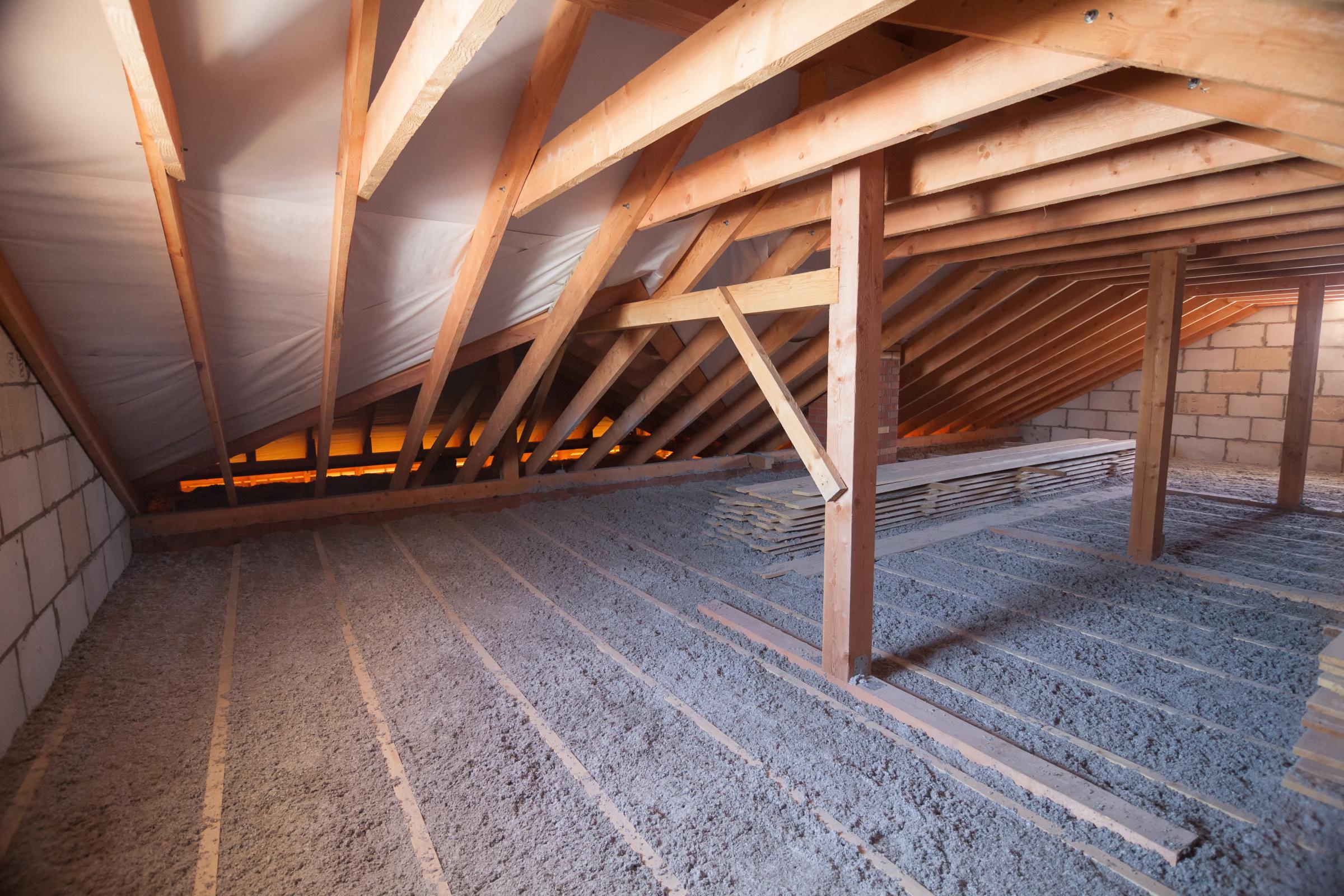How Much Weight Can an Attic Hold Safely and Securely?
Share
Understanding how much weight can an attic hold is crucial for homeowners looking to maximize their storage space while ensuring safety. Attics serve as valuable areas for storing seasonal items, holiday decorations, and even personal belongings, but they can only bear a certain amount of weight. Overloading your attic can lead to structural damage, unsafe conditions, and even catastrophic failures. So, let's delve deep into the types of loads attics can support, how to evaluate your attic's structural integrity, and best practices for safe storage.
Attic floors are not uniformly built, and their ability to support weight varies based on several factors. The floor joists in your attic are designed to handle a specific load, including both live and dead loads. A thorough understanding of these will prevent potential disasters and save in repair costs.

Understanding Attic Load Capacity
Types of Loads Explained
Your attic's strength is dictated by two primary types of load: live loads and dead loads. Live loads refer to dynamic weights that can change over time, such as people, storage items, or an HVAC unit. Conversely, dead loads are static, including the weight of the structure itself and materials fixed in place like insulation or drywall. An average residential attic can typically support between 30 to 40 pounds per square foot, depending on its construction.
Assessing Your Attics Structure
To determine how much weight can an attic hold, begin with an evaluation of the floor joists. Youll want to inspect their size and spacing. For instance, 2x6 joists spaced 16 inches apart can generally support less weight than 2x8 joists. A reinforcement might be necessary if you plan to store heavier items. Its also important to check for any signs of deterioration in your joists, such as cracks, sagging, or moisture damage, since these can compromise weight capacity.
Common Attic Storage Scenarios
What You Can Safely Store in an Attic
Before tossing your belongings into your attic, its wise to plot out your storage strategy. Keeping lighter items like clothing, sports equipment, and non-perishable goods can help you avoid exceeding your attic's weight limit. It is advisable to keep heavy items on lower shelves or even consider outside storage solutions for bulkier items.
Items to Avoid Storing in Attics
Several items should be flagged as unsuitable for attic storage due to their weight and potential to cause damage. Heres a brief list that highlights what to avoid:
- Bricks and concrete materials
- Large pieces of furniture
- Heavy exercise equipment
- Water heaters or other mechanical units
For suitable alternatives, consider stored items that are not dense or bulky, such as luggage, seasonal decorations, or holiday items, ensuring the total weight does not exceed your attic's capacity.
Safety Checks and Best Practices
Common Signs of Overload
It's essential to monitor your attic regularly for any signs of overload. Notable signs include:
- Bowing or sagging of the joists
- Creaking sounds
- Sudden temperature changes or uneven humidity
If you notice any of these signs, it would be prudent to remove some items and consult with a professional contractor to evaluate your attics overall health.
Proper Arrangement for Attic Storage
To optimize safety, focus on storing items properly. Stacking items too high can put undue pressure on the joists. Use sturdy plastic bins instead of cardboard boxes, as they are less likely to collapse under pressure and will protect items from moisture. When storing items, distribute weight evenly across the floor to prevent localized strain.

FAQs About Attic Weight Limits
1. How do I know the weight capacity of my attic?
The best way to ascertain your attic's weight capacity is to examine the size of the floor joists and the spacing between them. Additionally, consulting a structural engineer can provide an accurate assessment.
2. Can attic load be increased through reinforcement?
Yes, reinforcing the joists and installing additional support beams can significantly increase an attic's load capacity. Consult a professional before undertaking such modifications.
3. Is it safe to stand in my attic while storing items?
While it may be safe to walk in your attic, be aware of the weight you are putting on the joists. Avoid placing your full weight on joists for long periods, especially near the edges where support may be less secure.
For more information on maintaining your attic, check out tips on attic fans, how much it costs to remove pests, or insulation removal. Staying informed is the first step in ensuring your attic remains safe and functional.
